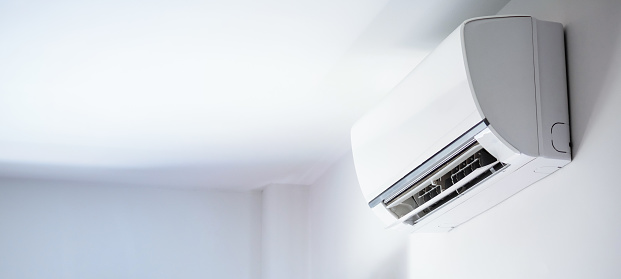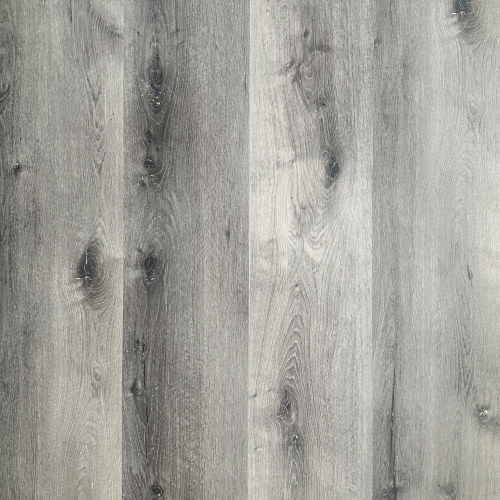
It’s very hard to imagine a home today without tiles as they are versatile and beautiful, and very easy to maintain as flooring or walling.
Yet, we cannot say that all the tiles used in construction are standard.
The tiles used in the construction of various surfaces vary in production and design, and this means that they need specific care to maintain their appearance.
In this all encompassing guide to tile care you will find details on how to properly care for different types of tile with tips from your local tile store.
Ceramic Tiles
Folks love ceramic tiles, because it offers a lot of advantages to the homeowners these days since it is utilized as tiles.
These ones are made with clay and on being modeled the artefacts can be fired in the kilns of a vessel, this can survive pressure of water. Here is more information concerning the care they require:
- Regular Cleaning: It should be swept or vacuumed daily to remove any dirt and other particle residues that might have settled on its surface. For a deep cleaning, use a damp moped and a mild detergent that when applied to the floor will be most effective. It is unadvisable to use chemicals or anything that is too rough on the surface of it as this may also be damaging to the glaze.
- Grout Maintenance: Tile joints that connect tiles are grouted, and the tiles themselves are mortared and in turn get dirty. There are two ways on how to clean the grout; one is by using a paste of baking soda and water and apply it gently using a small brush. If stains remain, one may want to proceed to using a tile grout cleaner or consult the tile shop regarding the best products.
- Stain Removal: Here are some of the steps you can use to remove stains on the ceramic tiles you can make baking soda with water to make a scrub and apply it on the stubborn stains, wait for some time then use a soft brush to clean gently. Rinse thoroughly with water.
Porcelain Tiles
Porcelain tiles are a subspecies of ceramic tiles and they are denser and harder than the conventional ceramic tiles and hence they are used where there is heavy traffic and even in outdoor application.
- Regular Cleaning: As they are similar with ceramic tiles, you should sweep or vacuum regularly to maintain porcelain tiles’ cleanliness. Wash with soap and warm water or use a mop and warm water diluted with a mild detergent. Do not use cleaners that contain ammonia, as they will alter the color of the tiles.
- Deep Cleaning: To make a more deeper cleaning you may use a pH-neutral tile cleaning solution. The cleaner should be applied in a manner specified by the producer using a soft brush if it is needed. Rinse well to minimize the chance of any residue left on the jewellery.
- Preventing Scratches: Even though porcelain tiles are highly resistant and very hardy, they are somewhat vulnerable to scratching by abrasives. Use doormats and mats where people tread to minimize the amount of dirt and grit brought into your home, and put felt pads under the feet of furniture.
Natural Stone Tiles
Some of the most used natural stones are marble, granite, slate, travertine among others and they are one of the best and most popular tiles in terms of elegance that can hardly be paralleled.
But, they have to adhere to some specific practices to enable them to maintain that beauty for continuity.
- Sealing: It is a fact, the most common varieties of natural stone tiles include the marble tile which is technically actual porous and therefore should be sealed to avoid easy staining. Always consult your tile shop to opt for the right sealer that will suit the type of stone you have. Seal: The usual advice is the reseal, as directed perhaps after two years.
- Cleaning: To clean the stone the usage of hydrogen peroxide should be avoided and instead one should use a pH neutral stone cleaner or gently wash the stone with warm water that contains a few drops of dish soap. Avoid using any form of acidic or abrasive compound aimed at cleaning because they are well-known to lead to the destruction of the finish on stone. They should be cleaned and wiped off as soon as possible to prevent other residues to form on its surface.
- Polishing: Kitchen floors and counter tops should be polished with natural stones to maintain the Gleem as they may appear dull at some times. As for the stone polish you should by it in the shop where you bought the tiles and follow the instruction written on the band for it. Perhaps more importantly, when one applies the polish for the first time, it should be on skin that is not visible to other people in order to determine the quality of the item.
Glass Tiles
For the gloss aspect of it, backsplashes most of the time are made of glass tiles, which also comes in bright colored finish.
Here’s how to care for glass tiles:Here’s how to care for glass tiles:
- Regular Cleaning: Cleaning; eliminate stains on glass tiles by wiping it using plain cloth or sponge and a mild glass cleaner. Do not use hard substances like cleaners and pads, as they might affect the surface of the item with scratches.
- Grout Care: Grout, especially the one that is applied in our bathroom and other wet areas, becomes dark colored after some time. It is prudent to clean grouts by preparing a solution of vinegar and water and then applying it gently using a toothbrush. For persistent stains, apply an over the counter cleaner used for floor grout.
- Stain Removal: When working on graffiti and other stubborn stains on the glass tiles, make use of non-abrasive cleaners and soft brushes for cleaning. It is particularly important to rinse in order to eliminate any traces of detergent or cleaner that may still be present.
Cement Tiles
They usually come in bright colours and are preferred in flooring and walling, especially the cement tiles.
The plants come in different types and sizes and therefore need appropriate maintenance to give the best appearance.
- Sealing: Cement tiles provide a decent look to the floors, walls, and other areas but they are quite porous and should therefore be sealed both prior to the time they will be installed as well as after installation. On the flaps, pencil in the areas to be painted by the sealant, then apply as the guidelines indicate, and again only where necessary.
- Cleaning: To keep your floors clean you should sweep or vacuum it frequently to have the dirt and debris off the surface. Clean this with warm water and mild detergent only, it is not advisable to use acidic or abrasive cleaners on the tile since this will cause some harm to the tiles surface.
- Stain Removal: For stains, make a solution using baking soda and water, apply the paste on the stain area, and let it stay for sometime, and then scrub the stained area gently using a soft brush. Rinse thoroughly with water.
Terracotta Tiles
Terracotta tiles appear to be rather old-world and homely, which essentially lends the area a pleasant natural appearance.
However, these items are not just to be used but also well taken cared of so that its glamorous look can still be seen.
- Sealing: Just like cement tiles, terracotta tiles are rough to the touch and should be so microwaved polished so as to avoid being stained. If necessary, the process below is suggested to be reordered with the application of the sealant Seal first and complete the process listed as follows.
- Cleaning: Mop the floor at least once a day with fresh water and a freshly cleaned mop and warm water mixed with diluted detergent. Clean the surface without using any of the strong chemicals and ensure you do not use any rough soaps and detergents.
- Stain Removal: For spots one should apply a pH balance cleaner and one should use a soft brush when cleaning. Rinsing entails washing the produce with water to remove any residue that may be on the outer skin of fruits or any dirt on the vegetables.
Conclusion
Every person wants their floor tiles and walls to last long, and for this to happen, it is highly recommended that the tiles are well maintained.
If you follow these handy tips from your local tile shop, then, you can invest on your ceramic, porcelain, natural stone, glass, cement, and terracotta tiles and make them continue to look great and be built to last for many years.
For detailed advice and more information about which products to use, it is advisable to visit your local tile shop to get products meant for the particular type of tile you have.
They can offer Objectives / goals, tailored advice and coursework that fit your circumstances.





